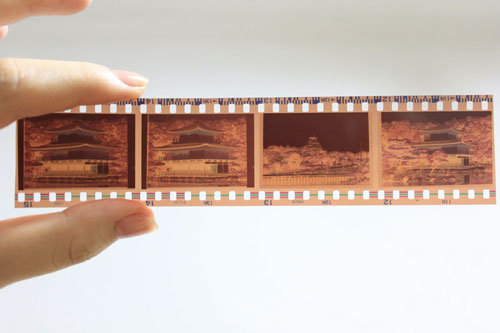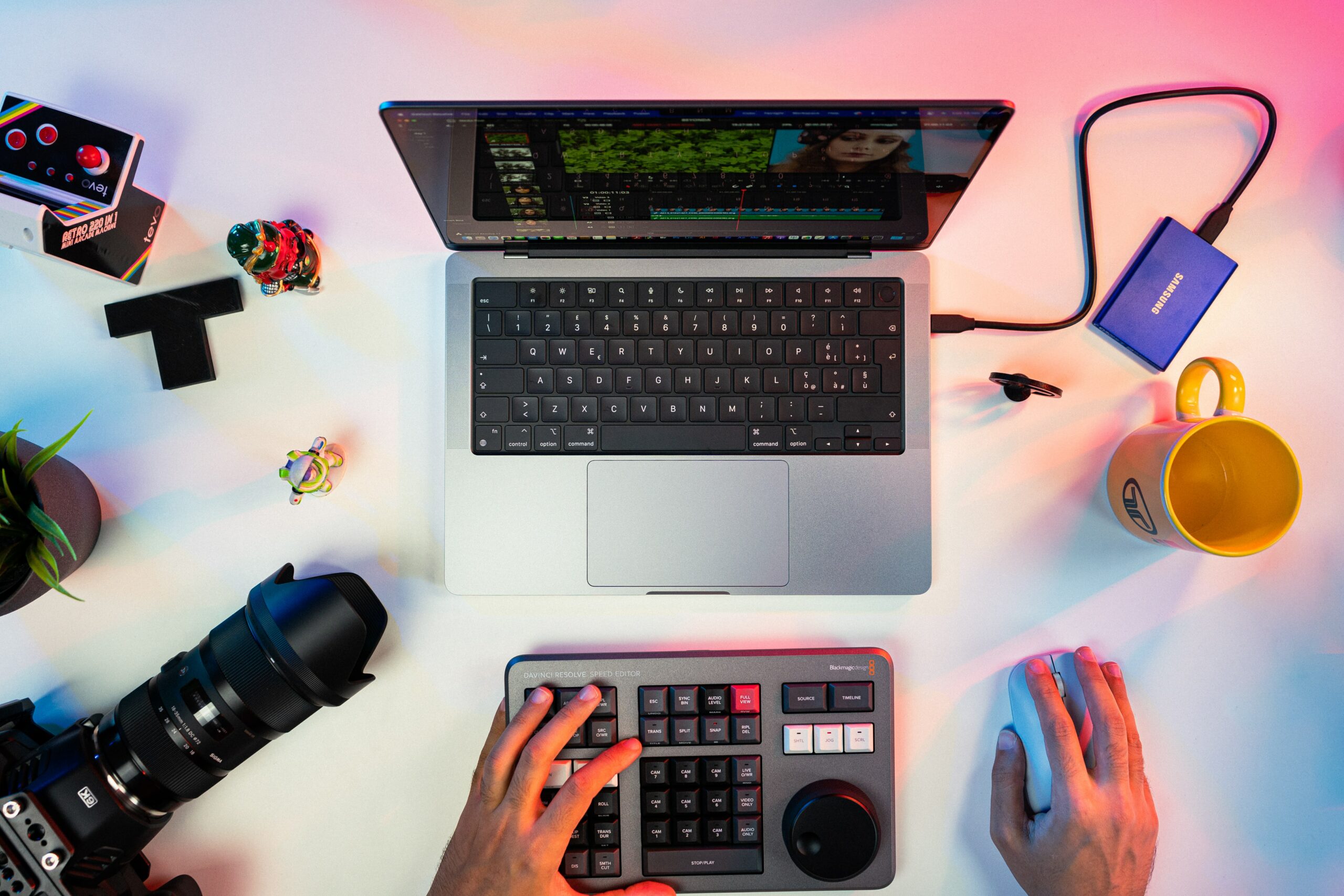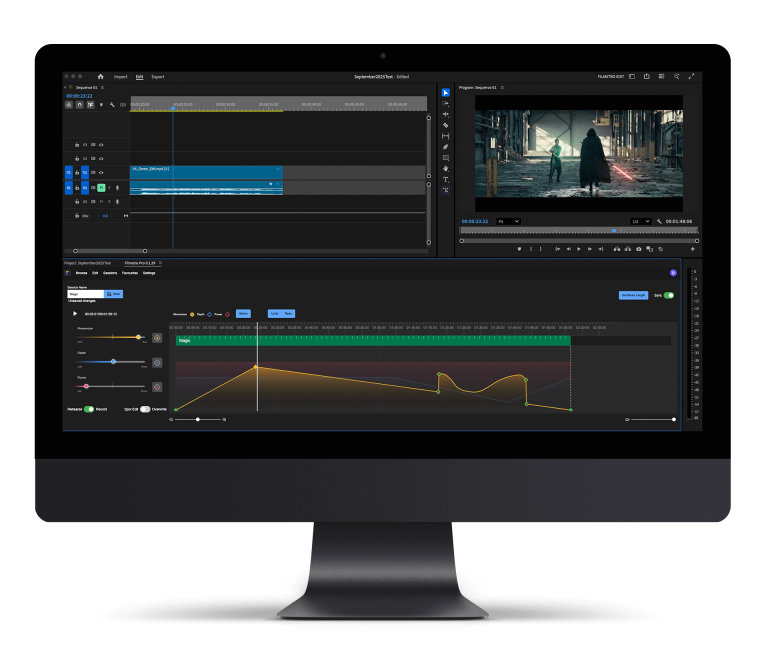Today we will take you through a beginner’s guide to Frame Rates, including what a frame rate is and how you decide which one is best for your project. Different regions demand different frame rates, and the same can be said for different film mediums.
The number of frames per second can change the way your film looks and can help you create different atmospheres in your scene by increasing or decreasing, it’s a form of art.
Let’s check out what a frame rate is and the different mediums that use these frame rates:
What is a frame rate?
A frame rate is a frequency in which frames are shown in video imagery. These are labelled frames per second (fps) – detailing how many frames per second will be exposed.
Where does the term “Frames Per Second” come from?
The term “frames per second” derives from the celluloid film (8mm, 16mm, 35mm). Even though filmmaking in this era is mostly digital, they process individual frames similar to the days of celluloid film.

What are the different frame rates?
Frame Rates for Film
The standard frame rate for cinematic film is 24fps. However, there have been occasions where experimental filmmakers have decided to film on 48fps.
When it comes down to it, most filmmakers when creating a film for cinema or streaming services will aim to shoot in 24fps. This frame rate is well known and what the audience is used to, there’s nothing wrong with exploring other frame rates and if you are partial to an experimental cinema, go for it!
Frame rates for online content and consumption
As online consumption across YouTube, Facebook, Instagram and other social channels continues to grow, so does the constant need for content to be produced. On these online platforms, filmmakers do not need to abide by the rules set by television and cinema.
This, however, does lead to the question – what frame rates should I actually be using when filming online content?
The answer is any of them. 24, 25, 30, 48, 50, and 60 frames per second are all acceptable frame rates, it depends on your filmmaking style and what you are comfortable with.
For instance, if you are vlogging and want some cinematic b-roll as your intro switch to 24fps, but when you’re talking to the camera in an interview-style switch it up to 60fps. If you are shooting an action sequence for your short film, we’d recommend a high fps to help avoid any blur caused by the high-speed movements.
We advise taking into account what your film needs in terms of shots, then choose the frame rates that provide the best quality footage.
Frame rates for television
In the UK and Europe, the frame rates used for television is 25fps, compared to the US that have theirs set to 30fps.
The European form of television broadcast is known as PAL shooting at 25 fps, whereas America uses NTSC which can be both shot in 30fps and 60fps. The frame rates are balanced with each regions power output, the US use 60Hz power standard compared to the European output of 50Hz.
The power output and the frame rates complement each other well at this frame rate and power output combination.
—-
We hope you enjoyed our beginner’s guide to Frame Rates, check out our other blogs here and don’t miss out on others by signing up to Filmstro and following us on our Twitter, Facebook and YouTube channel.








